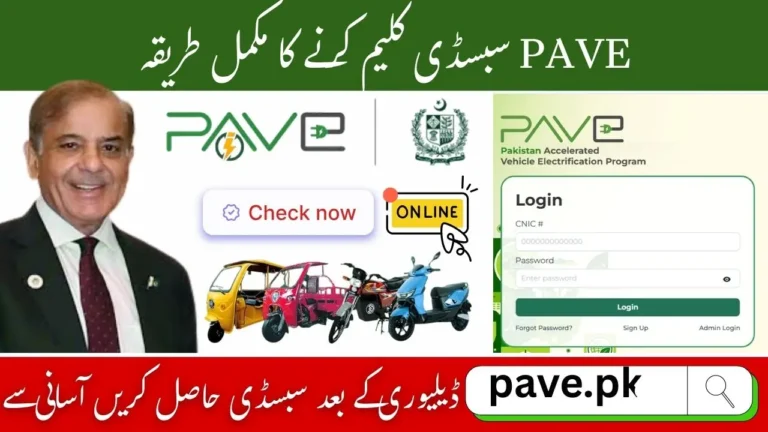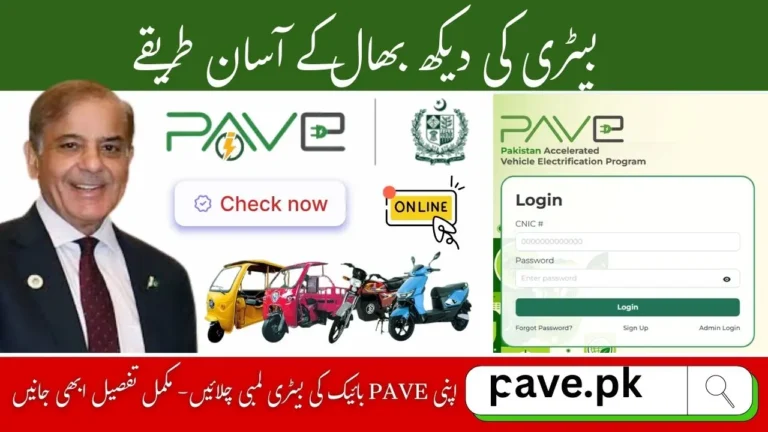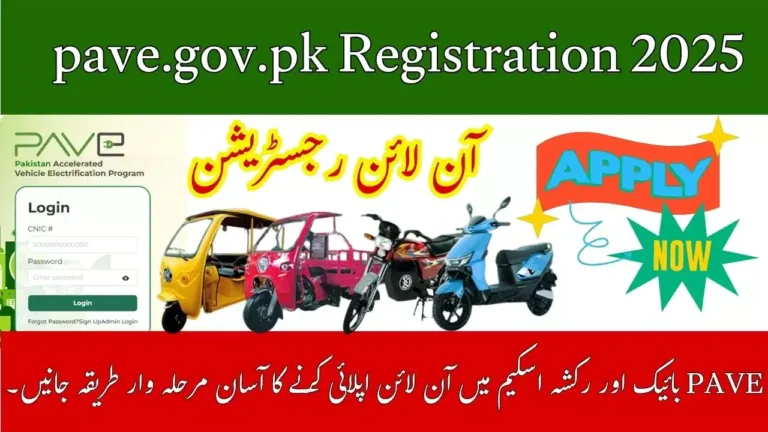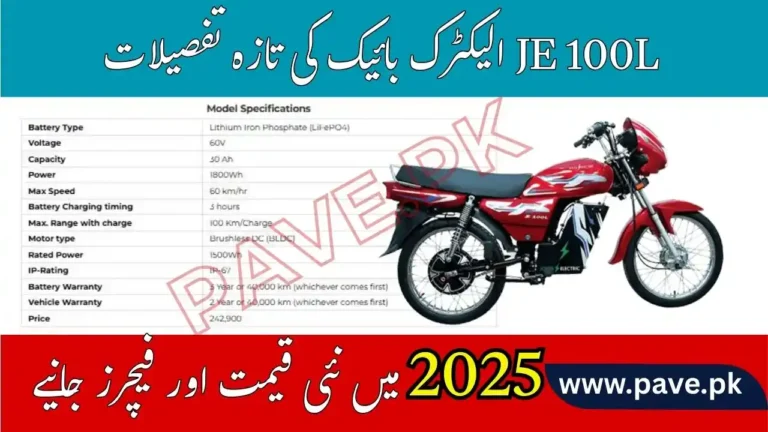Punjab Green Credit Success Stories – Farmers Who Benefited in 2025

Punjab Green Credit Success Stories The Punjab Green Credit Program (PGCP) 2025 has emerged as one of the most impactful agricultural and social initiatives in Punjab. Introduced under the leadership of Chief Minister Maryam Nawaz Sharif, the program aims to support farmers and communities through interest-free loans, eco-friendly subsidies, and digital credit facilities.
In 2025, PGCP is not only helping farmers reduce production costs but also empowering them with sustainable farming practices. From solar-powered tube wells to modern machinery, the program has transformed the lives of many individuals. This article highlights real success stories of farmers who benefited from PGCP in 2025, along with detailed insights and frequently asked questions (FAQs).
Check Also: PGCP Registration Portal 2025
Background of Punjab Green Credit Program (PGCP) 2025?
PGCP was launched to address the challenges faced by Punjab’s farmers and rural households. Rising costs of fuel, fertilizers, and machinery had pushed many small farmers into debt. At the same time, energy shortages and reliance on traditional farming techniques were holding back productivity.
The government recognized these issues and introduced PGCP to:
- Provide subsidies on solar panels, e-bikes, and biogas units.
- Offer interest-free loans for farmers and small businesses.
- Ensure transparent subsidy distribution through digital systems.
- Encourage women and youth participation in agriculture.
By 2025, PGCP had reached thousands of beneficiaries, proving itself as a lifeline for Punjab’s agricultural sector.
Check Also: Punjab Green Credit Success Stories – Farmers Who Benefited in 2025
Success Stories of Farmers Who Benefited in 2025?
1. Rashid from Multan – The Power of Solar Irrigation?
Rashid, a farmer from Multan, relied on diesel-powered tube wells for irrigation. With diesel prices skyrocketing, most of his earnings were spent on fuel. Through PGCP, Rashid obtained a subsidy on a solar-powered water pump.
Now, his irrigation costs have reduced by more than 60%. Rashid proudly explains: “The sun has become my new partner in farming. I no longer worry about fuel prices, and I can water my crops any time.” His wheat and cotton yields have improved, and his family enjoys financial stability.
2. Ayesha from Faisalabad – Breaking Barriers as a Woman Farmer?
In Faisalabad, Ayesha, a widow managing her family’s farmland, faced challenges in buying quality seeds and fertilizers. PGCP’s support allowed her to access subsidized fertilizers and certified seeds.
Her wheat production increased by 30% within a single season. Beyond personal success, Ayesha became a role model for other women farmers in her village. She says, “This program gave me both financial support and confidence. Women farmers like me now feel recognized.”
3. Imran from Bahawalpur – From Debt to Prosperity?
Imran, a farmer from Bahawalpur, struggled with debt due to high farming costs. PGCP offered him an interest-free loan to purchase a modern, eco-friendly tractor and harvesting machine.
The results were immediate—his crop production doubled, and his expenses decreased. Imran now employs two additional workers, contributing to rural employment. His success proves that government-backed loans can break the cycle of poverty for small farmers.
4. Sajid from Sargodha – Digital Empowerment in Agriculture?
Sajid, a citrus farmer in Sargodha, faced corruption and delays in receiving previous subsidies. Under PGCP, his subsidy was directly transferred to his digital bank account.
With these funds, Sajid invested in organic fertilizers and solar-powered equipment for his orchards. His profits increased, and he praises the transparent system that eliminated middlemen. Sajid’s case highlights the importance of digital governance in agriculture.
5. Khalid from Okara – Youth Leading Organic Farming?
Khalid, a young graduate from Okara, decided to pursue organic farming. PGCP supported him with subsidies for drip irrigation systems and organic seeds.
His vegetables quickly gained popularity in local markets due to their quality. Today, Khalid earns more than his family ever did with traditional farming. He proudly states, “PGCP turned my education into action. I am now building a future where farming and sustainability go hand in hand.”
Check Also: Punjab Green Credit Program Loan & Subsidy Details 2025
6. Parveen from Gujranwala – Small Land, Big Dreams?
Parveen, owning just 3 acres of land in Gujranwala, used PGCP subsidies to install solar panels. She now generates enough electricity to run small machinery and even sells surplus power back to the grid. Her story is proof that even small farmers can thrive with the right support.
Benefits of PGCP 2025 for Farmers?
The program has provided multiple benefits that extend beyond individual farmers:
- Reduced Input Costs: Solar irrigation, subsidies on fertilizers and seeds.
- Increased Yields: Access to modern tools and eco-friendly practices.
- Women Empowerment: Special support for women-led farms.
- Youth Engagement: Encouraging educated youth to join agriculture.
- Sustainability: Promoting renewable energy and reducing carbon emissions.
- Transparency: Digital credit ensured corruption-free subsidy transfers.
Lessons Learned from Farmer Success Stories?
- Renewable energy adoption reduces long-term costs and dependency on fuel.
- Interest-free loans can transform struggling farmers into successful entrepreneurs.
- Women and youth farmers thrive when given equal opportunities.
- Digital banking strengthens trust and eliminates corruption.
- Investing in green technologies benefits both farmers and the environment.
FAQs?
1. Who can apply for PGCP 2025?
All residents of Punjab, including farmers, households, students, and small businesses.
2. What subsidies are available?
Solar water pumps, solar panels, fertilizers, seeds, eco-friendly machinery, and biogas units.
3. Is PGCP only for big farmers?
No. The program prioritizes small and medium farmers along with women and youth.
4. How do I apply for PGCP?
Visit the official PGCP portal, fill out the online application form, upload required documents, and submit. Applicants may also apply at district facilitation centers.
5. What documents are required?
CNIC
Proof of residence
Income certificate or farmer ID
Land record (if applying for agriculture subsidy)
6. How are payments made?
Payments are made through digital banking for transparency and efficiency.
7. Are women eligible?
Yes. Women, especially widows and small landowners, are highly encouraged to apply.
8. What is the program’s budget?
The Punjab government has allocated billions of rupees to cover agriculture, transport, and household subsidies.
9. Can youth apply under PGCP?
Yes. Young entrepreneurs and graduates can benefit, especially in organic and modern farming projects.
10. Does PGCP help reduce electricity bills?
Yes. With solar panel subsidies, households and farmers save significantly on electricity expenses.
11. What is the last date to apply?
Deadlines vary for each phase (e-bikes, solar, farming). Applicants must regularly check the PGCP official portal.
12. Is the program corruption-free?
Yes. All subsidies are provided through digital transfers without middlemen.
Conclusion Punjab Green Credit Success Stories?
The Punjab Green Credit Program (PGCP) 2025 is more than a subsidy scheme—it is a movement toward sustainability and prosperity. Success stories from Multan, Faisalabad, Bahawalpur, and other districts prove how this initiative is reducing costs, empowering women, supporting youth, and creating a greener Punjab.
If you are eligible, apply today and become part of Punjab’s agricultural transformation. PGCP is shaping the future—one farmer at a time.






